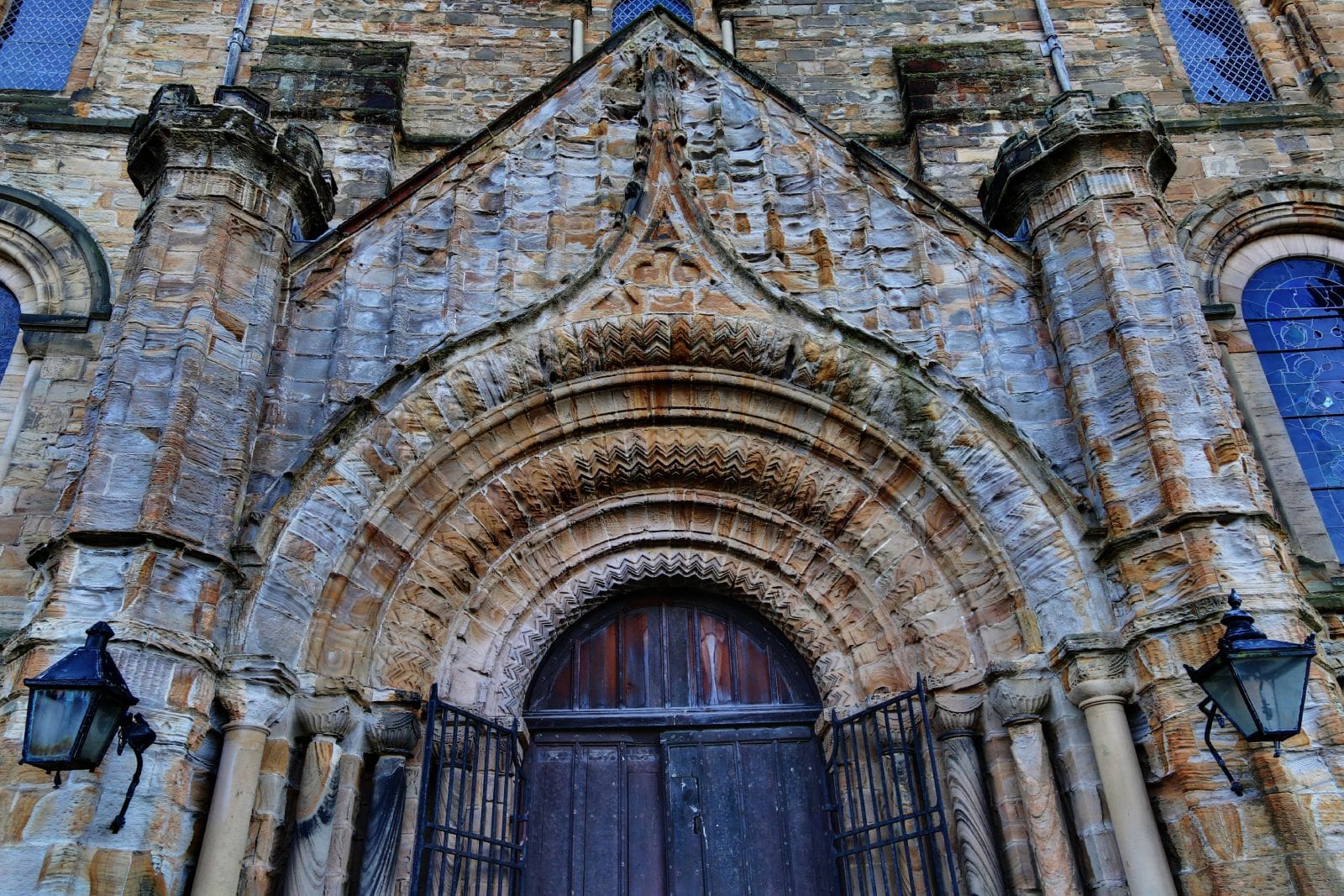The story of when Durham Cathedral was built is also the history of Durham itself, because one of its great strengths lies in its close bonds with the city that grew up around it.
But that relationship also means that Durham Cathedral's history is not about one point in time, because it's a living and working building; the UNESCO World Heritage site has continued to evolve to suit the needs of those who use it. Even recently, old parts from when Durham Cathedral was built have been refurbished and brought back into use to house the high quality Open Treasure exhibition.
But like all good stories, it has to start somewhere. Durham Cathedral was built around 900 years ago, and was started in 1093 - on July 29, to be precise. We can be that accurate thanks to Durham monk Symeon, who wrote about the construction as it happened. He had a while to wait to see the finished product, however: it actually took 40 years to build, which sounds a long time but isn't altogether surprising; even with today's machinery and modern building techniques it would still be an enormous undertaking. It replaced a smaller version built 98 years earlier by the Anglo-Saxon Bishop, Aldhun. Less than two weeks after work began on the foundations, the workers began to lay the first stones of what was to be Durham's greatest contribution to the world.
The 11th Century commencement of the work means Durham Cathedral was built towards the end of the Romanesque period, before Gothic properly kicked in during the 12th Century. Those medieval chaps carrying out the work didn't realise they were building in the Romanesque style, however; it was a term that was retrospectively applied in the 19th Century. In England, it's more commonly called Norman, as they were the guys who first introduced the style to the country.

These origins helped to give Durham Cathedral its feeling of strength and grand scale, but also its simplistic (in medieval cathedral architectural terms, at least), clean shapes as opposed to the fussiness of some later styles.
This in itself is also significant, because although additions and changes have been made to this living building over the years, much of the original form still remains to this day and still follows the Romanesque designs seen in many buildings from the same era.
This is just one of the reasons why Durham Cathedral remains not only important to the city of Durham, but also carries World Heritage Site status for its enduring architectural value.
